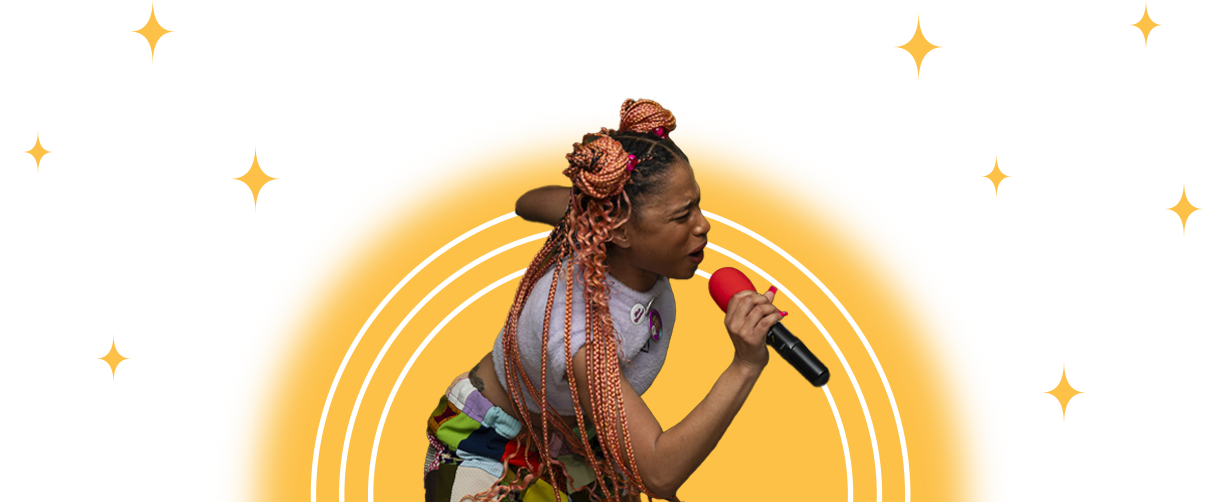Zoom has become as integral to the classroom as blackboards and chalk once were, and Richard Swerdlow says everyone is trying to get used to it.
I've been teaching inner-city school for 26 years. It's a job that can break your heart and crack you up, sometimes on the same day. I've seen stuff both hilarious and heart breaking, but nothing prepared me for the alternate universe of teaching over Zoom.
With students reduced to Brady Bunch squares on a screen, I've had to laugh at the absurdity of this situation. The other day, as a kindergarten class started, a five-year-old on web-cam shrieked "Mommy, my Zoom link won’t work!” But I wasn't laughing when another square appeared, a small silent girl without internet at home, sitting alone in a drab recreation center, headphones on her ears and a look of misery on her face.
And it isn't just the students. I've laughed and cried for teacher colleagues too, suddenly starring in their own variety shows, like classroom Carol Burnetts. I've cracked up at teachers belting songs alone in apartments or wearing silly hats to match the lesson, in an effort to get kids engaged. Teachers now share ideas on, not curriculum, but web-cam angles and lighting strategies because in this pandemic world, teaching includes reading, lighting, and arithmetic.
And I've felt sad for new teachers, like the one starting his first year teaching high school band. A marching band in tiles on a screen just doesn’t have the pulse-quickening impact of brass and drumbeats on the football field. I've seen science teachers struggling to teach hands-on labs, and English teachers better able to tackle the dystopian novel "1984" than any previous year.


